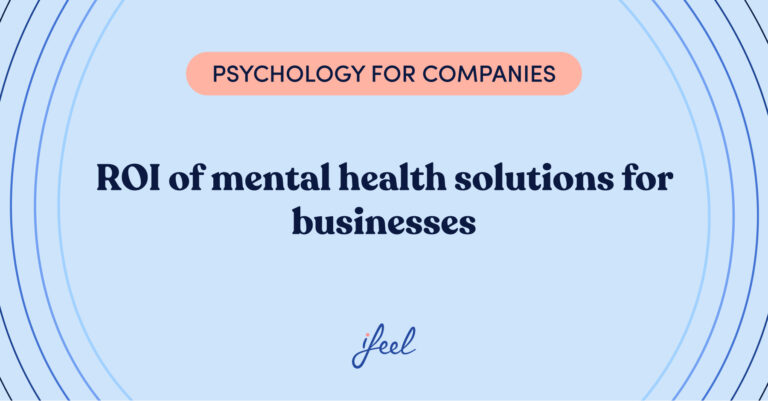Lean methodology or lean management originates from Toyota. Many decades ago, the Japanese giant decided to eliminate any unnecessary elements and anything that decreased the final product’s value from its production chain.
Lean methodology has currently been perfected at a conceptual level and has extended to organizations in different industries, sizes, ages, proving its utility for both big corporations and start-ups.
What is Lean methodology?
It involves a work philosophy which we could summarize as “ “to contribute more, less is always better than more”.
1. Fix any defects as soon as possible
Firstly, Lean methodology focuses on a type of efficiency based on detecting and fixing issues from the moment they appear, always searching for the highest level of quality in each of the production phases until the best possible result is achieved.
2. Get rid of waste
Waste is anything that doesn’t contribute any value to the final result. In other words, anything we don’t need, therefore, gets in the way because it reduces agility and quality. Following lean methodologies’ principles, employees should look for actions that can be done in the simplest way possible, eliminating any measure, material, or process that does not add value. To do this, teams must analyze the procedures they conduct to detect anything that is not needed and get rid of it. The resources used in product fabrication or the delivery of a service should strictly be what is necessary and those which provide the highest level of quality.

3. Flexibility in lean methodology production
It’s not about finishing quickly, it’s about finishing in the best way possible in the best time, in other words, achieving results efficiently. Lean methodology aims to generate a utilization culture, distribution of tasks, and anticipation which allows simplifying processes and responding quickly to clients’ needs without the final product losing its value.
The processes (a chain of actions executed by different employees, normally from different departments formed by distributed teams) need to function like a cooperative and coherent choreograph. There’s a basic principle in fine cuisine which is: don’t put anything on a plate which can’t be eaten. Another basic principle, when it comes to decorating/arranging a space or making an element stand out in the middle of an ensemble, based on popular wisdom is: less clutter, the more clarity. From politics, we learn that if you don’t add to us, you are subtracting. It is time to put this knowledge at the forefront of the company’s development.
How can we apply Lean methodology?
If a company wants to apply these principles it should have an ongoing assessment system of its work methodology. This is the only possible way to identify any type of surplus that is overloading agility, i.e. that is not adding value to the final product. Within its workplace culture, constant improvement is the type of value that supports how an organization is run.
So, what does Lean methodology mean? Optimizing coordination between different departments, eliminating possible toxic dynamics that have to do with the restriction of information, power struggles, the refusal to cooperate, and the presence of obstacles due to personal differences, which prevent progress in the task and affect the quality of the final result.
This means that you can’t put this methodology in place if your organization has a negative atmosphere, if the workplace environment encourages competition instead of cooperation to get the best results, or, of course, if there isn’t enough cohesion within each team. The execution of this philosophy requires, therefore, a leadership approach that is consistent with these objectives.
There are three key questions that you should ask yourself if you want to start applying Lean methodology to your production process. Remember this methodology is based on simplicity, constant improvement, and agility, always aiming to offer customers the best possible quality product or service in the shortest possible time.
1. Who is involved in each process?
How many people from how many departments are involved in the production of a service or product? Is it necessary for all these people to be involved to get the same amount of value?
2. Communication methodology
What mediums do you use to communicate? Is it the one that brings the most transparency to the communication and the most agility to the process as a whole?
3. Chain of actions
What production process do you follow and to what extent is it followed? Is the chain of processes as agile and simple as possible? Does the process allow for the immediate identification and correction of errors or, on the contrary, does it tend to examine possible errors at the end of the chain?

Learn how to apply better methodologies to your work
Ifeel has created an emotional well-being program for companies designed by its team of psychologists to help organizations increase their agility and optimize their processes in line with the psychological well-being of their employees.
Thanks to this collaboration, HR managers can receive personalized, data-driven advice on the main risk factors for productivity improvement and what aspects they need to focus on to add value to their end product while safeguarding employees’ mental health.
Additionally, the emotional well-being program for companies by ifeel has also created a mental health care service for employees structured at different levels depending on their needs. So, they can access different mental health care tools through ifeel’s app. They can also receive emotional support through an online chat with one of our licensed psychologists on our platform. If additional help is needed, they can access level three of the program: online psychological therapy with a psychologist who specializes in the problems the person is experiencing.
Contact us today and get more information on how you can benefit from ifeel‘s emotional well-being program for companies.











